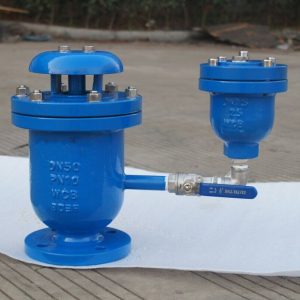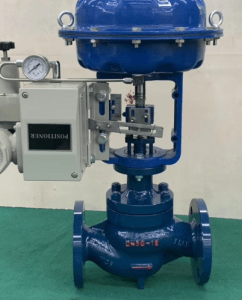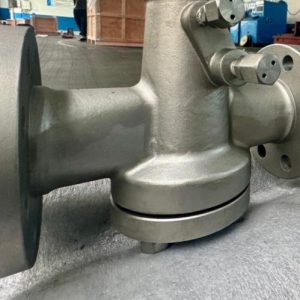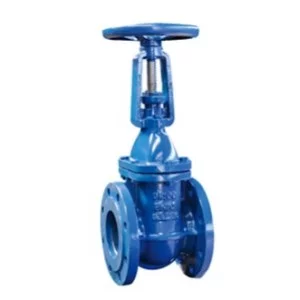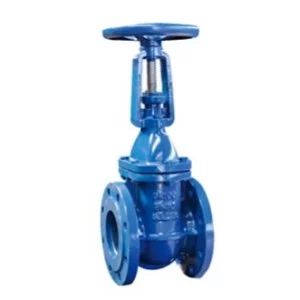Our Shop
Contact us for all your questions and requirements
DIN RISING STEM GATE VALVE MANUFACTURERS IN GERMANY
Valvesonly Europe is high-rated DIN Rising Stem Gate Valve Manufacturers in Germany, offering highly efficient valves renowned for visible position indication, long-lasting performance, and quality in critical isolation applications in several industries.
What is a DIN Rising Stem Gate Valve?
A DIN Rising Stem Gate Valve is a gate valve in accordance with DIN standards, having a rising stem over the valve body as the gate is opened. This action enables the user to visibly determine whether the valve is closed or open.
Why Required?
In applications where visual confirmation of valve position is required, like process lines in industry or safety-relevant environments, rising stem valves provide simple inspection and positive shut-off. Their uncomplicated design enhances maintenance and monitoring.
Key Components of DIN Rising Stem Gate Valve
- Valve Body (Carbon Steel, Stainless Steel, Ductile Iron)
- Rising Stem (Externally Threaded)
- Wedge/Gate
- Bonnet and Gland Packing
- Seat Rings
- Handwheel or Actuator
Working Mechanism
Rotating the handwheel makes the stem rise or lower. When the stem rises, it opens the valve by lifting the gate within the body. On being lowered, it shuts off flow by blocking the gate. The stem’s external movement indicates the valve position distinctly.
Benefits of DIN Rising Stem Gate Valve
- Visual position indication
- Simple maintenance and operation
- Heavy-duty design for rugged service
- Meets DIN specifications
- Long life with corrosion-resistant material
Functions of DIN Rising Stem Gate Valve
- Full shut-off and open flow facility
- Shuts off backflow and system contamination
- Facilitates easy visual indication of the valve condition
- Apt for manual as well as automatic control
Applications in Which Used
- Power Generation
- Water Treatment and Supply
- Oil and Gas Refineries
- Petrochemical Plants
- Manufacturing and Process Industry
- Marine
Valvesonly Europe DIN rising stem gate valves are constructed for precision and performance in changing pressures and flow conditions. Every valve is inspected for strength, sealing, and alignment to provide long-term dependability.
Why Choose Us?
Valvesonly Europe provides the most superior engineering standard valves, providing reliable operation and lasting value.
Trust Valvesonly Europe for precision, quality, and durability. As professional DIN Rising Stem Gate Valve Manufacturers in Germany, we assist industries with world-class valve solutions customized to DIN specifications.
Description
Available materials: Cast iron, Cast steel (WCB, WCC, LCB, LCC, WC6, WC9), Ductile iron, SS304, SS316
Class:150 to 2500, PN10 to PN 450
Size:1/2’’-48’’
Ends: Flanged, Socket Weld, Butt Weld, Threaded.
Showing all 2 results

